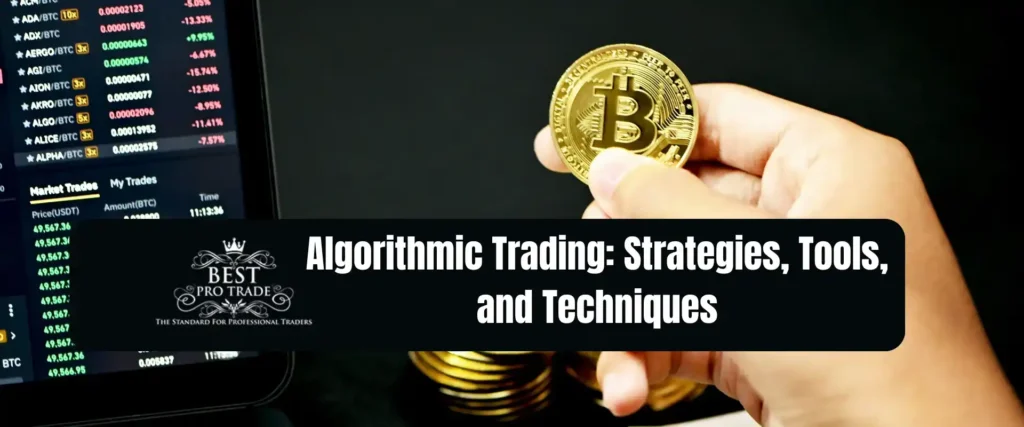In the realm of finance and investment, algorithmic trading has emerged as a powerful force, revolutionizing the way trades are executed in financial markets. At its core, algorithmic trading relies on complex algorithms and computer programs to make trading decisions, executing orders at high speeds and frequencies that are beyond human capabilities. In this comprehensive guide, we delve deep into the concepts of algorithmic trading, providing clear explanations and real-world examples to illuminate this intricate domain.
What is Algorithmic Trading?
Algorithmic trading, also known as algo trading or automated trading, refers to the use of computer algorithms to execute trades automatically, based on predefined criteria such as price, volume, or other market indicators. These algorithms are designed to analyze vast amounts of data and make split-second trading decisions, aiming to capitalize on market inefficiencies and opportunities.
The Role of Algorithms
Algorithms lie at the heart of algorithmic trading, serving as the brains behind automated trading systems. These algorithms can be categorized into various types, including:
- Trend-following algorithms: These algorithms identify and capitalize on market trends, buying during uptrends and selling during downtrends.
- Mean reversion algorithms: These algorithms exploit the tendency of asset prices to revert to their historical mean, buying when prices are low and selling when prices are high.
- Arbitrage algorithms: These algorithms seek to profit from price discrepancies across different markets or financial instruments, executing trades to capture risk-free profits.
Advantages of Algorithmic Trading
Algorithmic trading offers several advantages over traditional manual trading methods, including:
Speed: Algorithms can execute trades at lightning-fast speeds, taking advantage of fleeting market opportunities.
Accuracy: Eliminating human emotions and biases, algorithms make precise and objective trading decisions.
Efficiency: Automated trading systems can handle large volumes of trades efficiently, without manual intervention.

Examples of Algorithmic Trading Strategies
Momentum Trading
Momentum trading is a popular algorithmic trading strategy that capitalizes on price trends in financial markets. In this strategy, algorithms identify assets that are trending strongly in a particular direction and enter trades to ride the momentum.
Statistical Arbitrage
Statistical arbitrage involves using statistical models to identify mispriced assets and execute trades to capture profitable opportunities. Algorithms analyze historical data to detect patterns and anomalies, initiating trades when discrepancies are identified.
High-Frequency Trading (HFT)
High-frequency trading is a subset of algorithmic trading characterized by ultra-fast execution speeds and high trade volumes. HFT algorithms exploit small price discrepancies across markets, executing numerous trades in milliseconds to generate profits.
The Future of Algorithmic Trading
As technology continues to evolve, the landscape of algorithmic trading is poised for further advancements. Machine learning and artificial intelligence are increasingly being integrated into trading algorithms, enabling systems to learn from data and adapt to changing market conditions in real time.
If you need to understand more about how trading software works check out our YouTube channel.

